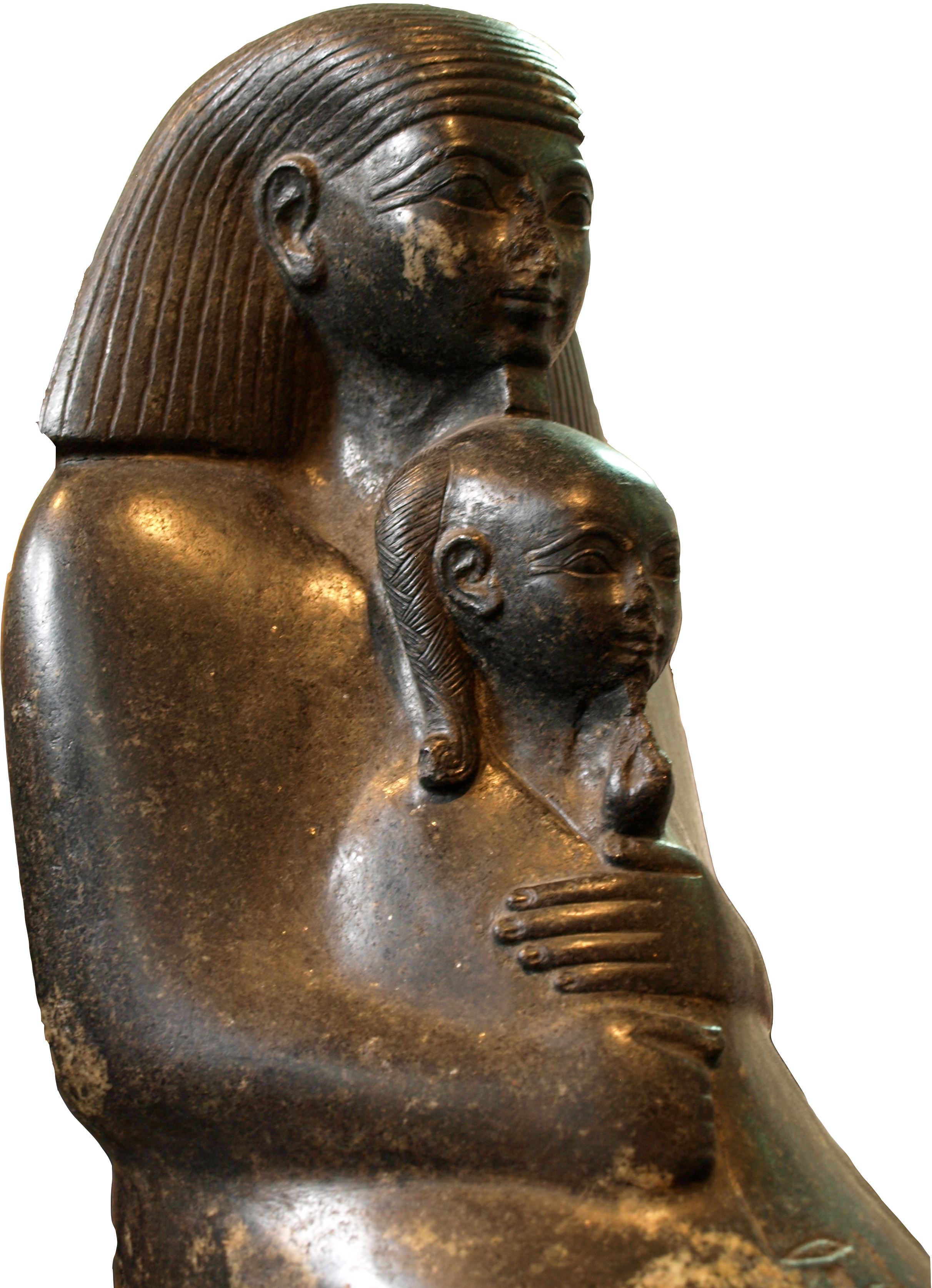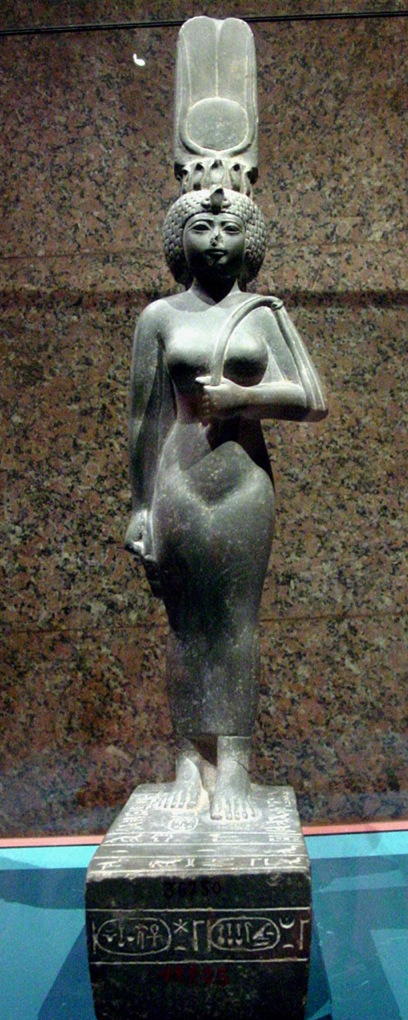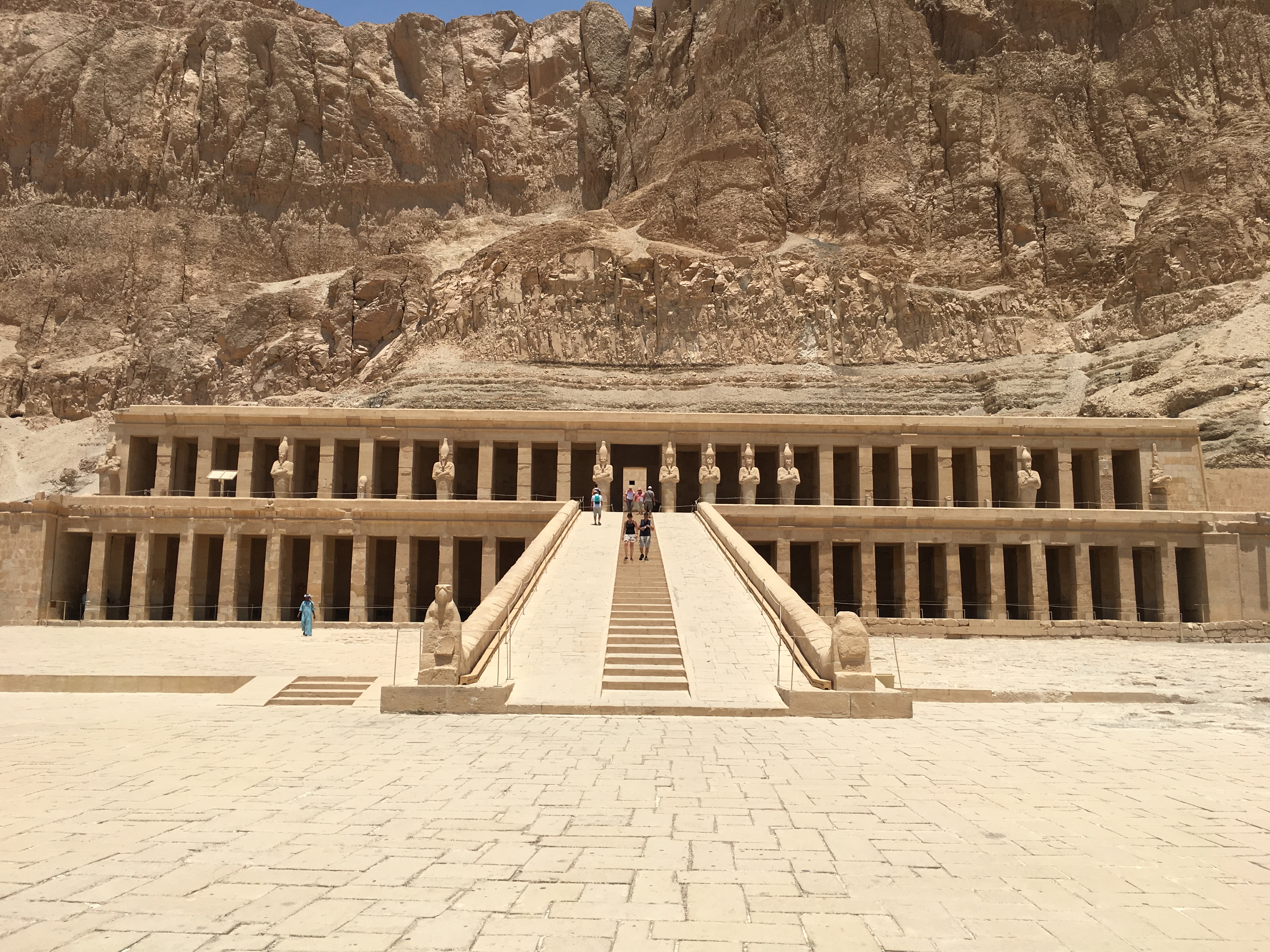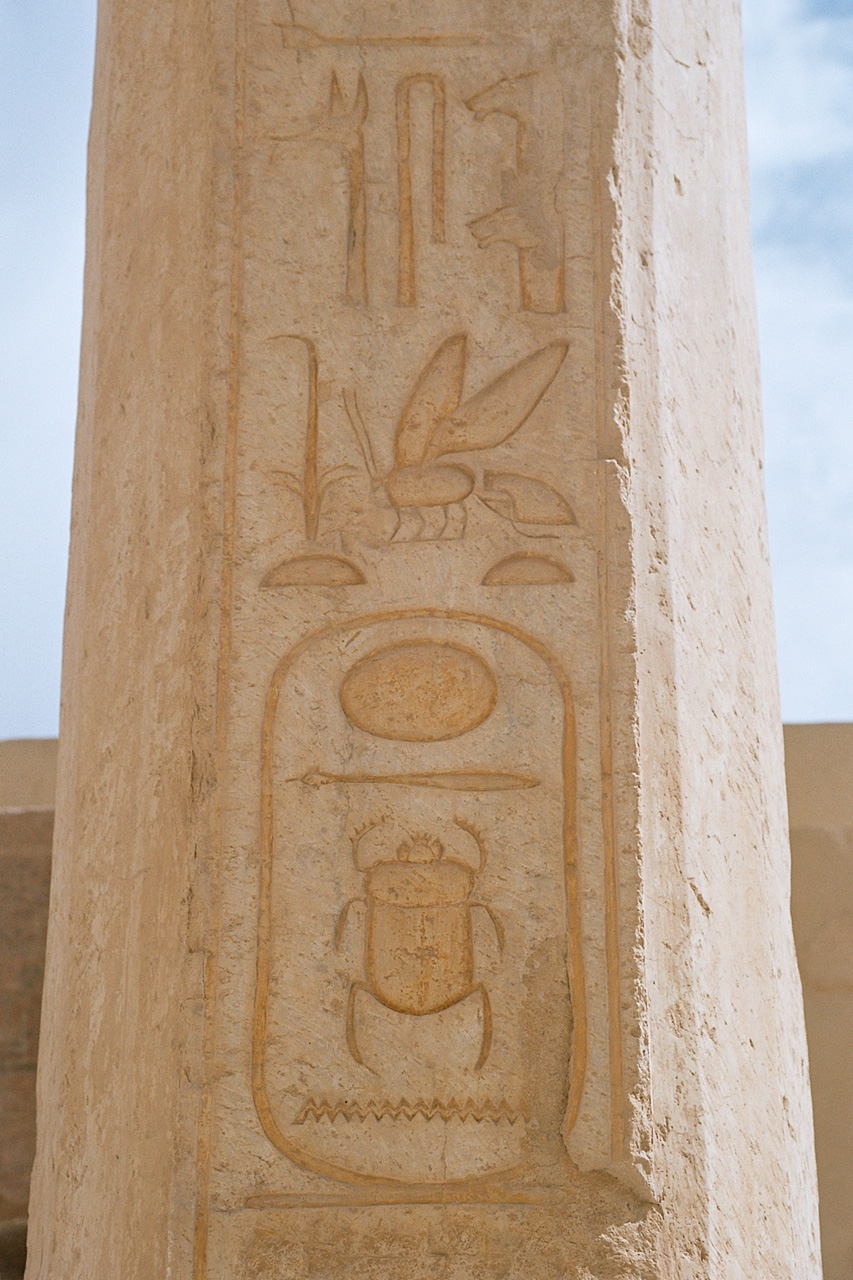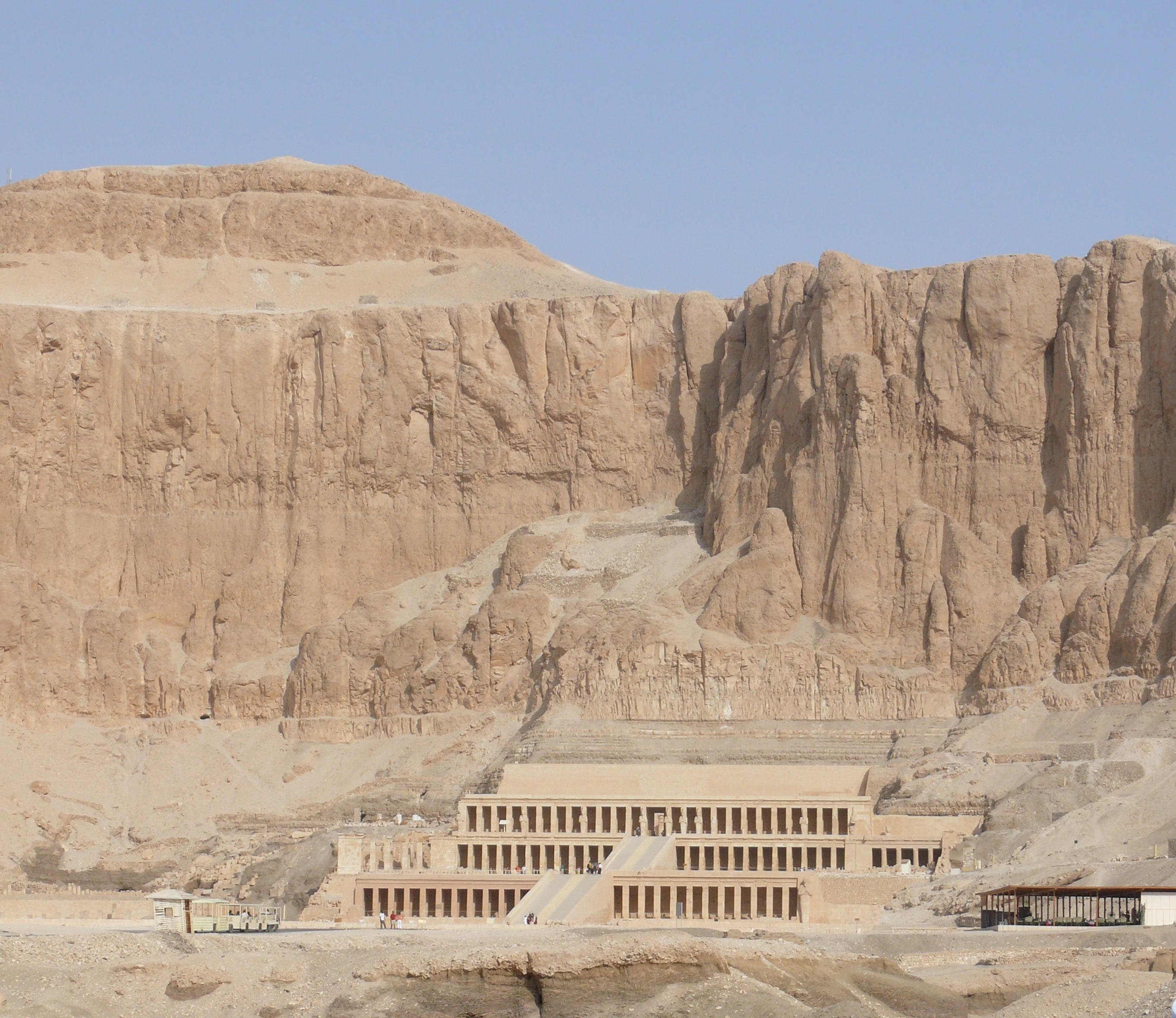|
Neferure
Neferure (or Neferura) was an Ancient Egypt, Egyptian princess of the Eighteenth Dynasty of Egypt. She was the daughter of two pharaohs, Hatshepsut and Thutmose II. She served in high offices in the government and the religious administration of Ancient Egypt. Family Neferure was the only known child of Thutmose II and his great royal wife Hatshepsut. She was the granddaughter of Thutmose I and the half-sister of Thutmose III. It has been suggested that Neferure married her half-brother, but there is no conclusive evidence of such a marriage. A king’s son named Amenemhat (son of Thutmose III), Amenemhat (B) was installed as Overseer of the Cattle in year 24 of the reign of Thutmose III, and this prince may have been a son of Neferure. It has been pointed out however, that if Neferure had become a great royal wife of Thutmose III, she would have been attested with that title, which is not known to be the case. Life Neferure was born during the reign of Thutmose II. In Karnak ... [...More Info...] [...Related Items...] OR: [Wikipedia] [Google] [Baidu] |
Senimen
Senimen was an ancient Egyptian official who lived at the beginning of the 18th Dynasty and who was tutor of the king's daughter Neferure. The latter had an exceptionally high status under the ruling queen Hatshepsut (about 1507–1458 BC). Senimen is known from several sources. A funerary cone preserves a number of titles, that make it possible to reconstruct his career. On the cone he appears as ''child of the harem (kap) of Nebpehtyre''. Nebpehtyre is the throne name of king Ahmose. The title indicates that Senimen grew up under this king. On the cone, three further titles are listed. They all relate to his position as teacher or tutor of Neferure. Senimen was called ''teacher of the god's body of the god's wife Neferure'', ''nurse of the daughter of the god's wife Hatshepsut'' and ''steward of the king's daughter''. Senimen was evidently at one point in his career appointed to become the teacher of Neferure. He was also administrator of Neferure's domains. The timing of this ... [...More Info...] [...Related Items...] OR: [Wikipedia] [Google] [Baidu] |
God's Wife Of Amun
God's Wife of Amun (Egyptian: ''ḥm.t nṯr n ỉmn'') was the highest-ranking priestess of the Amun cult, an important religious institution in ancient Egypt. The cult was centered in Thebes in Upper Egypt during the Twenty-fifth and Twenty-sixth dynasties (circa 740–525 BC). The office had political importance as well as religious, since the two were closely related in ancient Egypt. Although the title is first attested in the Middle Kingdom, its full political potential was not realized until the advent of the Eighteenth Dynasty. History of the office nTr-N41:X1 The shorter version of the title, God's Wife, is in use by the time of the Twelfth Dynasty, when the title is attested for the non-royal women Iy-meret-nebes and Neferu.Mariam F. Ayad (2009), ''God’s Wife, God’s Servant''. As early as the First Intermediate Period, there is mention of A "Wife of the God" in reference to the god Min. The full title of God's Wife of Amun is only used during and after the ... [...More Info...] [...Related Items...] OR: [Wikipedia] [Google] [Baidu] |
Senenmut
Senenmut ( egy, sn-n-mwt, sometimes spelled Senmut, Senemut, or Senmout) was an 18th Dynasty ancient Egyptian architect and government official. His name translates literally as "mother's brother." Family Senenmut was of low commoner birth, born to literate provincial parents, Ramose and Hatnofer (or "Hatnefret") from Iuny (modern Armant). Senenmut is known to have had three brothers (Amenemhet, Minhotep, and Pairy) and two sisters (Ahhotep and Nofrethor). However, only Minhotep is named outside chapel TT71 and tomb TT353, in an inventory on the lid of a chest found in the burial chamber of Ramose and Hatnofer. More information is known about Senenmut than many other non-royal Egyptians because the joint tomb of his parents (the construction of which Senenmut supervised himself) was discovered intact by the Metropolitan Museum in the mid-1930s and preserved. Christine Meyer has offered compelling evidence to show that Senenmut was a bachelor for his entire life: for instance ... [...More Info...] [...Related Items...] OR: [Wikipedia] [Google] [Baidu] |
Thutmose II
Thutmose II (sometimes read as Thutmosis or Tuthmosis II, Thothmes in older history works in Latinized Greek; Ancient Egyptian: /''ḏḥwty.ms''/ ''Djehutymes'', meaning "Thoth is born") was the fourth Pharaoh of the Eighteenth Dynasty of Egypt. His reign is generally dated from 1493 to 1479 BC. His body was found in the Deir el-Bahri Cache above the Mortuary Temple of Hatshepsut and can be viewed today in the National Museum of Egyptian Civilization in Cairo. Family Thutmose II was the son of Thutmose I and a minor wife, Mutnofret. He was, therefore, a lesser son of Thutmose I and chose to marry his fully royal half-sister, Hatshepsut, in order to secure his kingship. While he successfully put down rebellions in Nubia and the Levant and defeated a group of nomadic Bedouins, these campaigns were specifically carried out by the king's Generals, and not by Thutmose II himself. This is often interpreted as evidence that Thutmose II was still a minor at his accession. Thutmose I ... [...More Info...] [...Related Items...] OR: [Wikipedia] [Google] [Baidu] |
Thutmose III
Thutmose III (variously also spelt Tuthmosis or Thothmes), sometimes called Thutmose the Great, was the sixth pharaoh of the Eighteenth Dynasty. Officially, Thutmose III ruled Egypt for almost 54 years and his reign is usually dated from 28 April 1479 BC to 11 March 1425 BC, from the age of two and until his death at age fifty-six; however, during the first 22 years of his reign, he was coregent with his stepmother and aunt, Hatshepsut, who was named the pharaoh. While he was shown first on surviving monuments, both were assigned the usual royal names and insignia and neither is given any obvious seniority over the other. Thutmose served as the head of Hatshepsut's armies. During the final two years of his reign, he appointed his son and successor, Amenhotep II, as his junior co-regent. His firstborn son and heir to the throne, Amenemhat, predeceased Thutmose III. He would become one of the most powerful pharaohs of the 18th dynasty. Becoming the sole ruling pharaoh of the ... [...More Info...] [...Related Items...] OR: [Wikipedia] [Google] [Baidu] |
Amenemhat (son Of Thutmose III)
:''See Amenemhat (other) for other individuals with this name.'' Amenemhat was a prince of the Eighteenth Dynasty of Egypt. He was the son of Pharaoh Thutmose III., p.137 He was the eldest son and appointed heir of the pharaoh. It is possible that his mother was Queen Satiah, but it has also been proposed that Neferure – the daughter of Hatshepsut and Thutmose II – was married to Thutmose III. Although Neferure is identified several times as the royal wife of Thutmose III while he was the co-regent of Hatshepsut, who was serving as pharaoh, some authors think it is less likely that Neferure was the mother of Amenemhat. The name of Amenemhat was mentioned on an inscription in the Karnak Temple in the 24th year, shortly after the death of Hatshepsut and the subsequent ascension of his father to pharaoh. He was appointed as Overseer of cattle – quite an unusual title for a princeDodson & Hilton, p.19 – in that year. Amenemhat predeceased his father, who ruled for ... [...More Info...] [...Related Items...] OR: [Wikipedia] [Google] [Baidu] |
Chapelle Rouge
The Red Chapel of Hatshepsut or the Chapelle rouge was a religious shrine in Ancient Egypt. The chapel was originally constructed as a barque shrine during the reign of Hatshepsut. She was the fifth pharaoh of the Eighteenth Dynasty from approximately 1479 to 1458 BC. It was demolished in antiquity and its parts reused in other projects. However, following its rediscovery in modern time, the Chapel was reconstructed in 1997 using its original materials. The chapel's original location may have been in the central court of the temple of Amun at Karnak, near Thebes. Alternatively, it might have been situated between the two obelisks of Hatshepsut. It is also thought that Hatshepsut erected several smaller chapels and the Chambers of Hatshepsut behind the chapel. Background Ancient Egyptians believed that a sacred barque was used in a nightly journey of the sun deity, traveling from the western horizon at sunset behind the earth to the eastern horizon where the sunrise ... [...More Info...] [...Related Items...] OR: [Wikipedia] [Google] [Baidu] |
Mortuary Temple Of Hatshepsut
The mortuary temple of Hatshepsut (Egyptian: ''Ḏsr-ḏsrw'' meaning "Holy of Holies") is a mortuary temple built during the reign of Pharaoh Hatshepsut of the Eighteenth Dynasty of Egypt. Located opposite the city of Luxor, it is considered to be a masterpiece of ancient architecture. Its three massive terraces rise above the desert floor and into the cliffs of Deir el-Bahari. Her tomb, KV20, lies inside the same massif capped by El Qurn, a pyramid for her mortuary complex. At the edge of the desert, east, connected to the complex by a causeway lies the accompanying valley temple. Across the river Nile, the whole structure points towards the monumental Eighth Pylon, Hatshepsut's most recognizable addition to the Temple of Karnak and the site from which the procession of the Beautiful Festival of the Valley departed. The temple's twin functions are identified by its axes: its main east-west axis served to receive the barque of Amun-Re at the climax of the festival, while its no ... [...More Info...] [...Related Items...] OR: [Wikipedia] [Google] [Baidu] |
Hatshepsut
Hatshepsut (; also Hatchepsut; Egyptian: '' ḥꜣt- špswt'' "Foremost of Noble Ladies"; or Hatasu c. 1507–1458 BC) was the fifth pharaoh of the Eighteenth Dynasty of Egypt. She was the second historically confirmed female pharaoh, after Sobekneferu. (Various other women may have also ruled as pharaohs or at least regents before Hatshepsut, as early as Neithhotep around 1,600 years prior.) Hatshepsut came to the throne of Egypt in 1478 BC. As the principal wife of Thutmose II, Hatshepsut initially ruled as regent to Thutmose III, a son of Thutmose II by another wife and the first male heir. While Thutmose III had inherited the throne at about two years old, Hatshepsut continued to rule by asserting her lineage as the daughter and only child of Thutmose I and his primary wife, Ahmose. Her husband Thutmose II was the son of Thutmose I and a secondary wife named Mutnofret, who carried the title 'King's daughter' and was probably a child of Ahmose I. Hatshepsut and Thutmos ... [...More Info...] [...Related Items...] OR: [Wikipedia] [Google] [Baidu] |
Ahmose Pen-Nekhebet
The Autobiography of Ahmose Pen Nekhbet is a tomb inscription from ancient Egypt, which is significant to Egyptology studies. Ahmose Pen Nekhbet was an ancient Egyptian official who started his career under Ahmose I and served all the pharaohs until Thutmose III. His autobiographical inscriptions are important for the understanding of the history of the early New Kingdom, though less detailed than those of his contemporary Ahmose, son of Ebana. In his tomb he mentions his brother Khaemwaset and his wife Ipu, who may be identical with the royal nurse Ipu, mother of Queen Satiah. His tomb is located in Nekhen where it is given the designation EK2. Under Ahmose I he fought in Northern Canaan; then he followed Amenhotep I to Nubia, accompanied Thutmose I to Naharin, and campaigned with Thutmose II in Sinai. He held many offices such as wearer of the royal seal, chief treasurer and herald. His autobiography ends with the assertion that he had been the tutor of Neferure, daughter of Ha ... [...More Info...] [...Related Items...] OR: [Wikipedia] [Google] [Baidu] |
15th-century BC Egyptian Women
The 15th century was the century which spans the Julian dates from 1 January 1401 ( MCDI) to 31 December 1500 ( MD). In Europe, the 15th century includes parts of the Late Middle Ages, the Early Renaissance, and the early modern period. Many technological, social and cultural developments of the 15th century can in retrospect be seen as heralding the "European miracle" of the following centuries. The architectural perspective, and the modern fields which are known today as banking and accounting were founded in Italy. The Hundred Years' War ended with a decisive French victory over the English in the Battle of Castillon. Financial troubles in England following the conflict resulted in the Wars of the Roses, a series of dynastic wars for the throne of England. The conflicts ended with the defeat of Richard III by Henry VII at the Battle of Bosworth Field, establishing the Tudor dynasty in the later part of the century. Constantinople, known as the capital of the world an ... [...More Info...] [...Related Items...] OR: [Wikipedia] [Google] [Baidu] |
Kara Cooney
Kathlyn M. (Kara) Cooney is an Egyptologist, archaeologist, professor of Egyptian Art and Architecture at UCLA and chair of the Department of Near Eastern Language and Cultures at UCLA. As well as for her scholarly work, she is known for hosting television shows on ancient Egypt on the Discovery Channel as well as for writing a popular-press book on the subject. She specialises in craft production, coffin studies, and economies in the ancient world. Education and career Raised in Houston, she obtained her Bachelor of Arts in German and Humanities from the University of Texas in Austin in 1994. She was awarded a PhD in 2002 by Johns Hopkins University for ''Near Eastern Studies''. She was part of an archaeological team excavating at the artisans' village of Deir el Medina in Egypt, as well as Dahshur and various tombs at Thebes. In 2002 she was Kress Fellow at the National Gallery of Art and worked on the preparation of the Cairo Museum exhibition ''Quest for Immortality: Tre ... [...More Info...] [...Related Items...] OR: [Wikipedia] [Google] [Baidu] |
